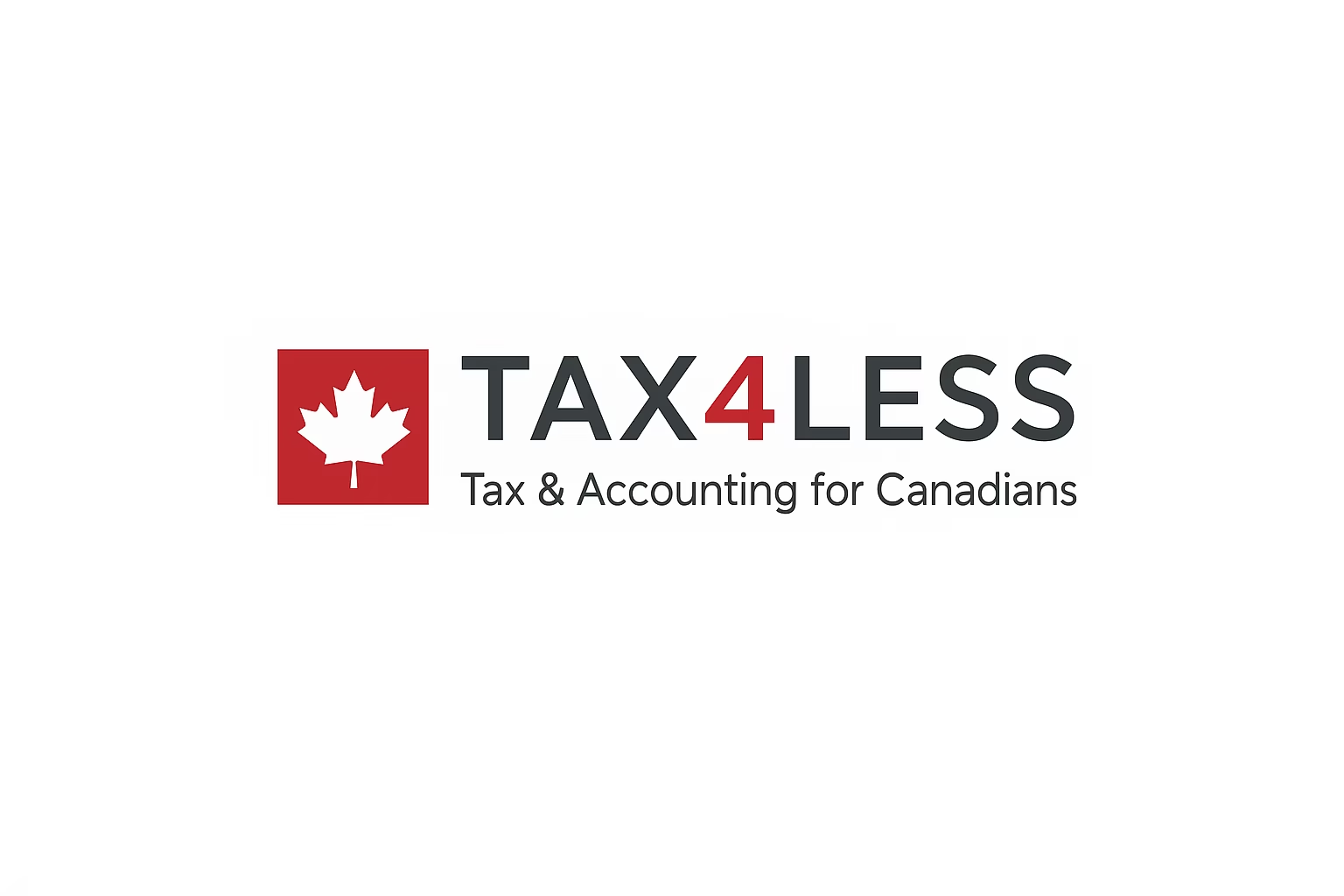Investing in Gold in Canada: Tax Implications and Strategies
Gold has long been considered a safe-haven asset — a hedge against inflation, currency fluctuations, and economic uncertainty. For Canadian investors, adding gold to a portfolio can provide diversification and stability. However, investing in gold comes with tax considerations that are unique to Canada. In this guide, we will explore the various ways to invest in gold, the associated tax implications, and strategies to maximize returns while minimizing tax liability.
1. Why Invest in Gold in Canada?
Gold is a tangible asset that maintains value over time, making it attractive for investors seeking protection from market volatility. Here are key reasons Canadians invest in gold:
Diversification: Gold often behaves differently from stocks and bonds, reducing overall portfolio risk.
Inflation Hedge: When inflation rises, the value of fiat currency declines. Gold historically retains its purchasing power.
Global Economic Stability: In uncertain times, gold is perceived as a safe store of value.
Liquidity: Physical gold, ETFs, and mutual funds are relatively easy to buy and sell in Canada.
2. Ways to Invest in Gold in Canada
Canadian investors can access gold in several forms, each with distinct tax implications.
a. Physical Gold
Coins: Canadian Maple Leafs, American Eagles, and other government-minted coins.
Bars: Purchased from banks, bullion dealers, or online retailers.
Storage Considerations: Physical gold must be securely stored — either in a home safe or with a professional storage service.
Pros: Tangible asset, direct ownership, high liquidity.
Cons: Storage and insurance costs, potential for theft, and a spread between buy/sell prices.
b. Gold ETFs (Exchange-Traded Funds)
Gold ETFs allow investors to gain exposure without holding physical gold. Popular ETFs include iShares S&P/TSX Global Gold Index Fund (XGD) and SPDR Gold Shares (GLD).
Pros: Easy to trade on stock exchanges, no storage concerns, lower transaction costs.
Cons: Management fees, not physically held by the investor.
c. Gold Mutual Funds
Mutual funds invest in gold-related companies or bullion. Examples include Canadian-focused gold mining funds.
Pros: Professional management, diversified exposure to the gold market.
Cons: Management fees, less control over timing of buying and selling, indirect exposure to gold prices.
d. Gold Mining Stocks
Investing in companies that mine gold provides indirect exposure to the commodity’s price movements.
Pros: Potential for dividends, leveraged exposure to gold prices.
Cons: Company-specific risk, market volatility, influenced by operational and geopolitical factors.
3. Tax Implications of Investing in Gold in Canada
Understanding the tax implications of gold investments is critical for maximizing returns. Taxes depend on the type of investment, holding period, and whether gains are considered income or capital gains.
a. Physical Gold
Physical gold is considered a “specified precious metal” by the CRA.
Capital Gains Tax: If you sell physical gold for a profit, it is subject to capital gains tax. In Canada, 50% of the gain is taxable at your marginal tax rate.
Example: Buy $10,000 worth of gold, sell for $12,000 → $2,000 gain → $1,000 taxable.
Losses: Capital losses on gold can be used to offset capital gains elsewhere, but not regular income.
b. Gold ETFs and Mutual Funds
If the ETF holds physical gold, gains are treated as capital gains.
If the fund invests in gold derivatives or mining companies, the CRA may classify some gains as business income, taxed at full rate.
Dividends from gold mining stocks are taxable as income.
c. Gold Mining Stocks
Selling shares for a profit generally triggers capital gains.
Dividends are taxed differently: eligible dividends receive preferential tax treatment, while non-eligible dividends are taxed at your regular marginal rate.
d. Registered Accounts (RRSP, TFSA)
Gold ETFs or gold-related investments held in RRSPs or TFSAs grow tax-free or tax-deferred.
Selling within these accounts does not trigger immediate tax liability, making them ideal for long-term investing.
4. Strategies to Minimize Gold Taxes
Canadian investors can implement several strategies to optimize taxes on gold investments:
Use Tax-Advantaged Accounts:
Hold ETFs or mutual funds in RRSPs, TFSAs, or RESPs to defer or eliminate taxes.
Hold Long-Term:
Capital gains are only triggered upon selling. Long-term holding allows for potential tax deferral and portfolio growth.
Offset Gains with Losses:
Use capital losses from other investments to offset gains from gold sales.
Choose the Right Investment Vehicle:
ETFs tracking physical gold generally have simpler tax treatment than funds investing in gold derivatives or mining stocks.
Keep Detailed Records:
Maintain purchase receipts, sale records, and account statements to ensure accurate reporting to the CRA.
5. Risks to Consider
While gold offers diversification and a hedge against uncertainty, investors should be aware of risks:
Price Volatility: Gold can fluctuate in response to currency changes, interest rates, and geopolitical events.
Liquidity Risks for Physical Gold: Selling coins or bars may take time and incur transaction costs.
Regulatory Changes: CRA rules regarding gold taxation could change, particularly for newer investment products.
Storage and Insurance Costs: Physical gold requires secure storage and insurance.
6. Practical Tips for Canadian Investors
Determine Your Investment Objective:
Are you seeking a hedge, diversification, or long-term growth?
Balance Portfolio Allocation:
Financial planners often recommend 5–10% of a portfolio in gold, depending on risk tolerance.
Diversify Within Gold Investments:
Consider a mix of physical gold, ETFs, and mining stocks for risk-adjusted returns.
Stay Informed:
Monitor gold prices, global economic indicators, and CRA updates for new tax rules.
Consult a Professional:
Tax treatment can vary depending on your overall portfolio, residency, and income level. A CPA or financial advisor can help optimize tax strategy.
7. Conclusion
Investing in gold in Canada can provide portfolio diversification, protection against inflation, and long-term wealth preservation. However, understanding tax implications is critical to maximizing returns.
By carefully choosing investment vehicles, leveraging tax-advantaged accounts, and implementing strategic planning, Canadians can benefit from gold investments while minimizing tax exposure.
Gold is more than just a shiny metal — with the right approach, it can become a cornerstone of a tax-efficient, well-diversified investment portfolio.

 Previous Post
Previous Post Next Post
Next Post